Sharpen Titanium Coated Knife: Step-by-Step Guide to Keep It Sharp
Titanium-coated knives are popular. They look good and last a long time. Some people think that these knives stay sharp forever because of the coating. But that’s not true.
The coating helps prevent rust, but the steel still dulls. The good news is that you can sharpen titanium-coated knives very quickly!
Don’t worry; your thin coating won’t be damaged. Sharpening only affects the steel underneath. In this guide, we’ll show you how to sharpen these knives step by step.
We’ll explain why knives dull, what tools you need, and how to keep your knives sharp. Whether you are new to sharpening or have done it before, this guide will help you. It’s simple and easy to follow!
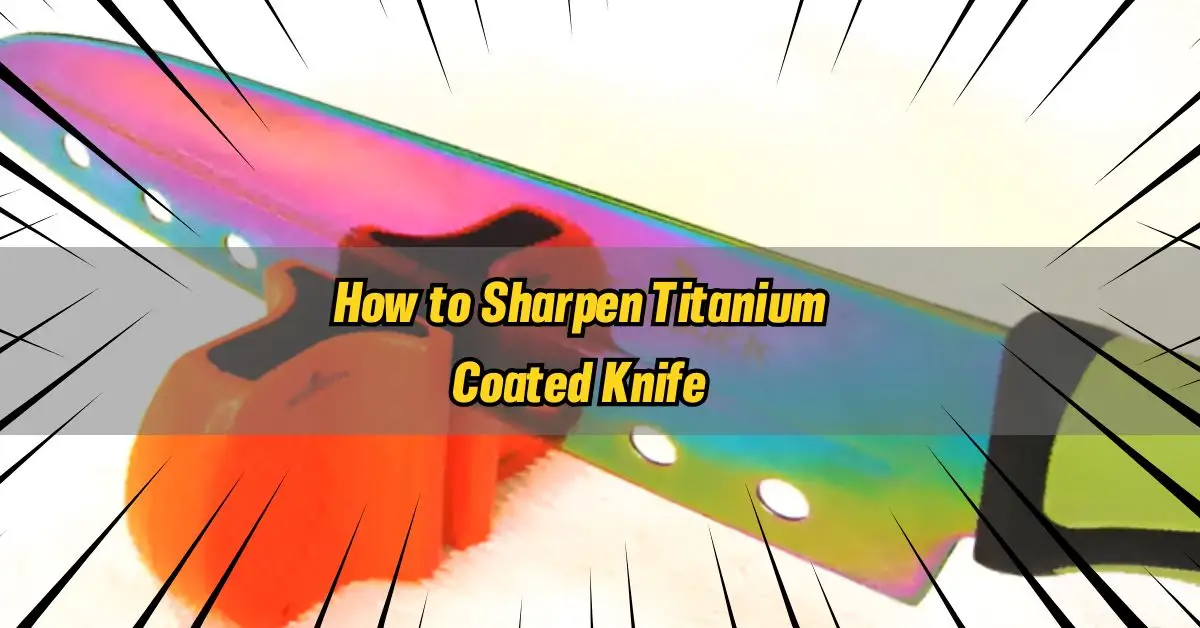
Understanding Titanium Coated Knives & Sharpening
What is a Titanium Coating?
A titanium coating is a thin layer of titanium applied to the surface of a knife. This coating adds a shiny look and helps prevent rust. However, it is not meant to keep the knife sharp. While it gives the knife a sleek look and adds some protection, it doesn’t keep it sharper. Over time, the steel underneath the coating will still dull with use.
Why Do Titanium Coated Knives Get Dull?
Titanium-coated knives get dull for the same reason all knives do: the steel beneath the coating wears down from use. The coating helps prevent rust but doesn’t stop the steel from dulling. When you use the knife, the sharp edge starts to wear away, making it less sharp and needing sharpening.
Can You Sharpen a Titanium-Coated Knife?
Yes, you can sharpen a titanium-coated knife! The coating is skinny, so it won’t be affected when you sharpen it. Sharpening the knife removes tiny bits of steel from the edge. The steel beneath the coating gets sharpened, not the coating itself. So, you can sharpen your knife without worrying about harming the titanium layer.
Sharpening vs. Honing: What’s the Difference?
Sharpening and honing are different, but both are important. Sharpening removes some metal from the blade, helping restore the edge when the knife gets dull. Honing, on the other hand, doesn’t remove metal. It just realigns the blade’s edge to keep it sharp. For titanium-coated knives, you need both. Sharpening restores the edge, while honing helps keep it sharp between sharpenings.
Tools for Sharpening Titanium-Coated Knives
You need the right tools to sharpen titanium-coated knives well. Let’s explore the most important ones.
Sharpening Stones
Sharpening stones are the most common tool. They come in different grits. Grit refers to how rough or smooth the stone is. A coarse stone (200-400 grit) works well for dull knives. A medium stone (600-1000 grit) is suitable for regular use. A fine stone (2000-3000 grit) is best for polishing the blade. Choose the correct grit to keep your knife sharp without harming the coating.
Honing Steel
Honing steel helps keep the edge straight. It’s not the same as sharpening, but it is still essential. It’s also used to smooth small bends in the blade over time. There are two types: ceramic and steel. Ceramic is gentler on the blade, while steel is more substantial and works better for more brutal knives.
Optional Tools
- Electric Knife Sharpeners: These sharpeners work quickly but can be too harsh for titanium-coated knives. They might damage the coating.
- Knife Sharpening Guides: These guides help beginners. They keep the knife at the right angle while sharpening.
Tool Recommendations
Some great sharpening tools include Shapton Glass Stones, which provide a smooth sharpening experience. If you prefer an electric sharpener, the Chef’s Choice 15 Trizor XV is a fast and reliable option. With the right tools, sharpening your titanium-coated knife will be easy and effective!
Step-by-Step Guide: How to Sharpen a Titanium Coated Knife
Sharpening a titanium-coated knife can seem tricky, but it’s not too hard once you understand the process. Let’s break it down into simple steps!
Preparation
Start by cleaning your knife. Use warm, soapy water and a soft cloth. Dry it well before sharpening. Next, set up your sharpening station. Ensure it has a stable surface so the knife doesn’t slip. If you’re using sharpening stones, prepare them by soaking or oiling them according to the instructions.
Sharpening with a Sharpening Stone
First, find the correct angle. Most knives want about a 20-degree angle, but check the manufacturer’s instructions if you have them. Hold the knife firmly and slide it along the stone with consistent pressure. Make sure you do this evenly on both sides of the blade. Keep your strokes smooth and steady, and remember to alternate sides to keep the edge balanced.
After a few strokes, it’s time to check if the knife is sharp. You can do this with a simple paper test or a tomato test. If the knife effortlessly slices through paper or a tomato, it’s sharp!
Using Honing Steel
After sharpening, use honing steel to maintain the sharpness. Hold the steel vertically and use the same 20-degree angle. Stroke the knife gently against the steel. This helps realign the edge without removing too much metal.
Maintaining Your Titanium-Coated Knife Edge
Regular Honing: Honing is key to keeping your titanium-coated knife sharp. It doesn’t sharpen the knife but holds the edge aligned, helping the blade stay sharp longer. You should hone your knife every few uses, keeping it in great shape without sharpening it as often.
Proper Cleaning and Drying: Clean your knife immediately with warm water and mild soap. Then, dry it thoroughly with a soft cloth. If you leave water on the blade, it can rust and damage it over time. Keeping your knife dry is just as important as sharpening it.
Correct Storage: Where you store your knife matters. Store it in a knife block or sheath, which keeps the blade safe. Avoid tossing it in a drawer, where it might get scratched or damage other utensils. Proper storage helps protect the blade.
Cutting Board Choice: The cutting board you use also impacts your knife. Avoid glass or ceramic boards, as they can quickly dull your knife. Instead, use a wooden or plastic cutting board. These are gentler on the blade, keeping it sharper for longer.
Common Mistakes and Troubleshooting
When you sharpen a titanium-coated knife, there are common mistakes to avoid. Here are some things you should be careful about:
Applying Too Much Pressure
Pressing too hard while sharpening can damage the edge and coating. It’s best to use light and steady pressure. Sharpening slowly will yield better results.
Incorrect Angle
The angle you use while sharpening is essential. If you don’t get it right, your knife won’t sharpen well, and you might even harm the blade. Keep the angle around 20 degrees, or follow the knife maker’s suggestion. This will help keep the edge in top shape.
Not Using the Right Tools
Not all sharpeners are good for titanium-coated knives. Some tools are too harsh, and using the wrong tool can damage the blade. Choose a sharpening stone or honing steel that’s gentle and suited for your knife.
Dulling the Knife Faster than Necessary
Bad cutting habits can dull your knife faster. Don’t cut on hard surfaces like glass or ceramic, as these can wear down the blade quickly. Instead, use a wooden or plastic cutting board to keep your knife sharper longer.
Titanium Coated vs. Stainless Steel Knife Sharpening
Sharpening titanium-coated knives and stainless steel knives is mostly the same. The main difference is the coating. Titanium-coated knives have a thin layer of titanium on top of the steel. This coating helps with corrosion and gives the knife a sleek look. But, the sharpness comes from the steel beneath the coating.
When you sharpen a titanium-coated knife, you sharpen the steel under the coating. The titanium coating doesn’t affect how the knife sharpens. The sharpening method is the same as for stainless steel knives. You will use a sharpening stone, honing steel, or an electric sharpener. The technique is the same for both types of knives.
Stainless steel knives don’t have a coating, so you sharpen the steel directly. The sharpening angles and the tools used are the same for both types. The only difference is that the titanium coating doesn’t impact the sharpening process. Both types of knives need proper care to stay sharp.
Conclusion
To sharpen and maintain a titanium-coated knife, start by cleaning it properly. Make sure your sharpening tools are ready. Use a sharpening stone to get a sharp edge, and always check the angle. Hone the knife regularly to keep it sharp between sharpening sessions. Don’t forget to clean and dry your knife carefully after every use.
Remember, your titanium-coated knife will perform well for a long time with proper care and sharpening. A little effort goes a long way toward keeping it in top shape.
So, don’t be afraid to sharpen your knife! With practice, you’ll feel more confident. Enjoy using your sharp, reliable knife for all your cutting needs. Keep practicing, and you’ll soon master the process!
Frequently Asked Questions (FAQ)
A titanium-coated knife has a thin layer of titanium applied to a base metal, usually stainless steel. This coating increases the knife’s durability, co, and corrosion resistance and provides a sleek, modern look.
The best way to sharpen a titanium-coated knife is by combining sharpening stones for the actual sharpening and honing steel for maintenance. This helps keep the knife sharp and in good condition without damaging the coating.
Yes, absolutely! You can easily sharpen a titanium-coated knife at home. The process is simple: clean your knife, set up your sharpening tools, and follow the steps carefully. It’s a great way to maintain your knife’s sharpness and performance.
The essential tools you’ll need are sharpening stones (with various grits), honing steel (ceramic or steel), and an electric knife sharpener or angle guides. These tools will help you maintain and sharpen your knife effectively.
Not really. The coating on a titanium-coated knife doesn’t significantly affect how long the edge stays sharp. The underlying steel dulls over time, so regular sharpening and honing are still necessary to keep the edge in top condition.
No, a coarse-grit sharpening stone can be too harsh on the titanium coating. Stick with a medium to fine grit whetstone, which is gentle on the blade and provides a sharp edge with a coating.
Pen the edge with a fine diamond stone or ceramic rod if it becomes dull. Be sure to maintain the correct angle and apply light pressure to avoid damaging the coating.
Related Posts
-
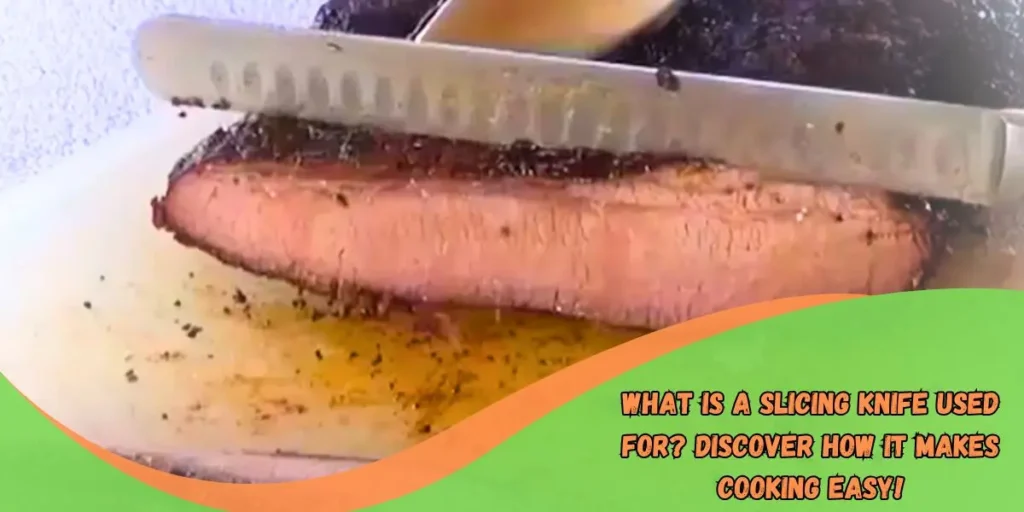 What Is a Slicing Knife Used For? Discover How It Makes Cooking Easy!
What Is a Slicing Knife Used For? Discover How It Makes Cooking Easy! -
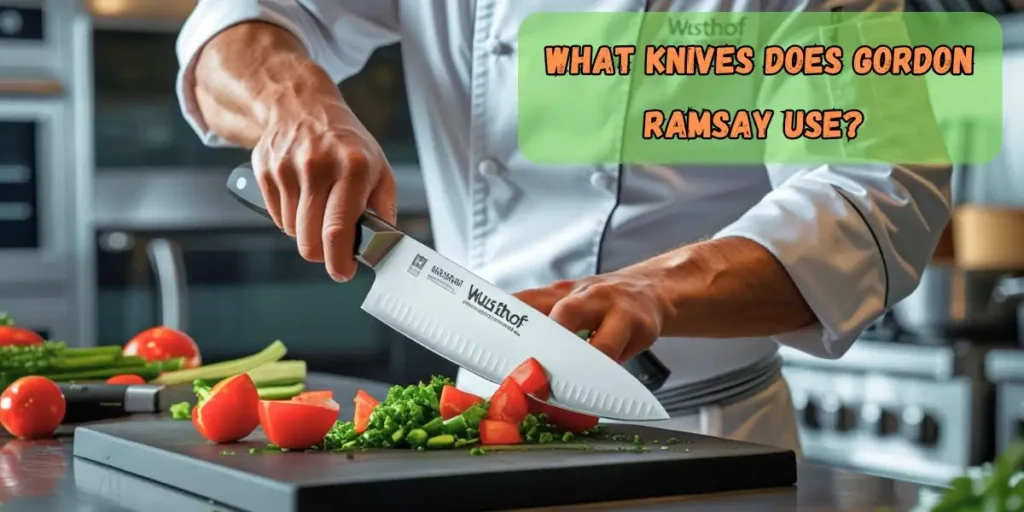 What knives does Gordon Ramsay use? Check out his premium knives
What knives does Gordon Ramsay use? Check out his premium knives -
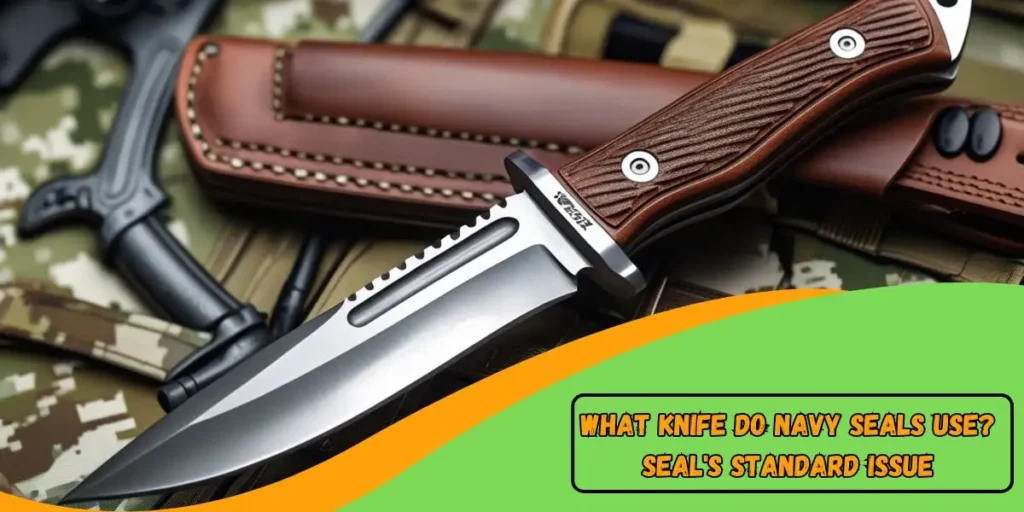 What Knife Do Navy Seals Use? SEAL's Standard Issue 2025
What Knife Do Navy Seals Use? SEAL's Standard Issue 2025 -
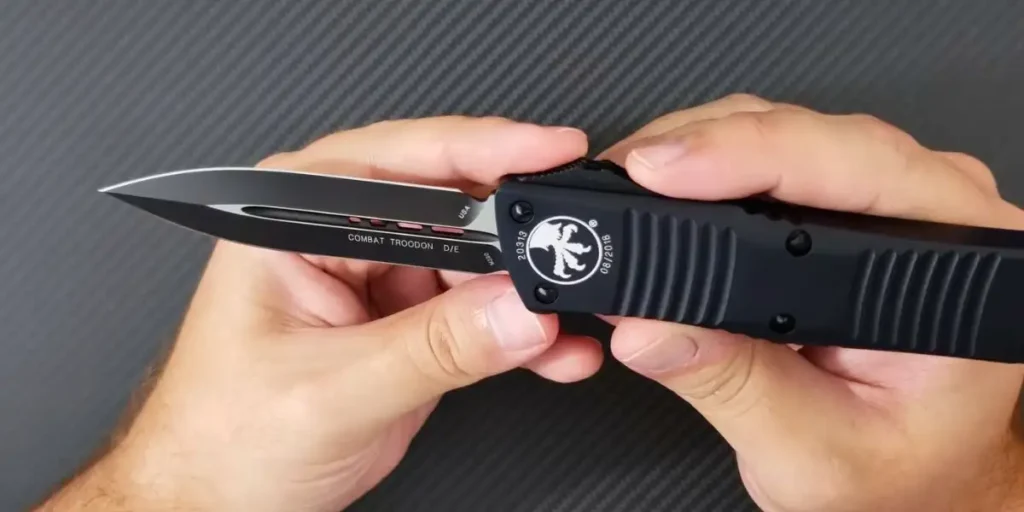 What Knife Does John Wick Use? Learn About His Deadly Blade
What Knife Does John Wick Use? Learn About His Deadly Blade -
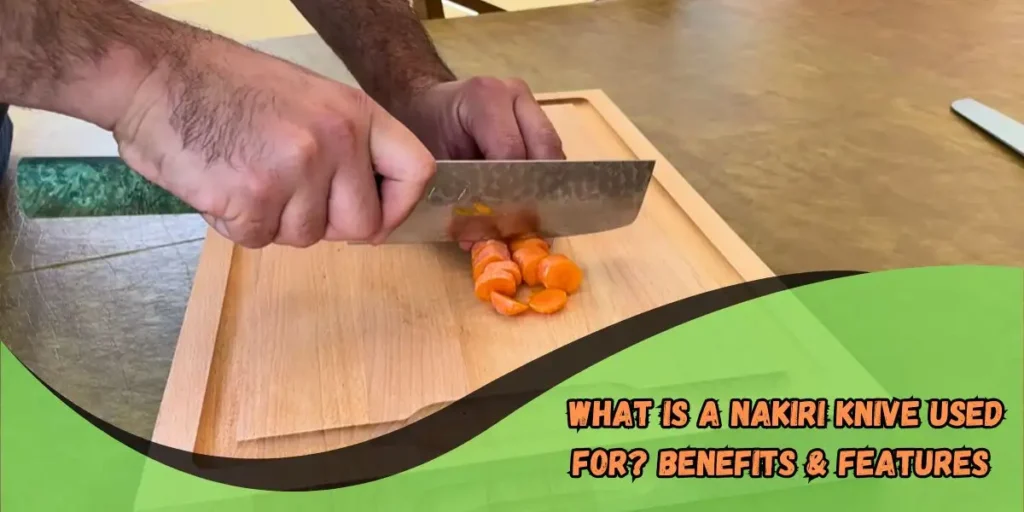 What is a Nakiri Knives Used For? Benefits & Features Explained
What is a Nakiri Knives Used For? Benefits & Features Explained -
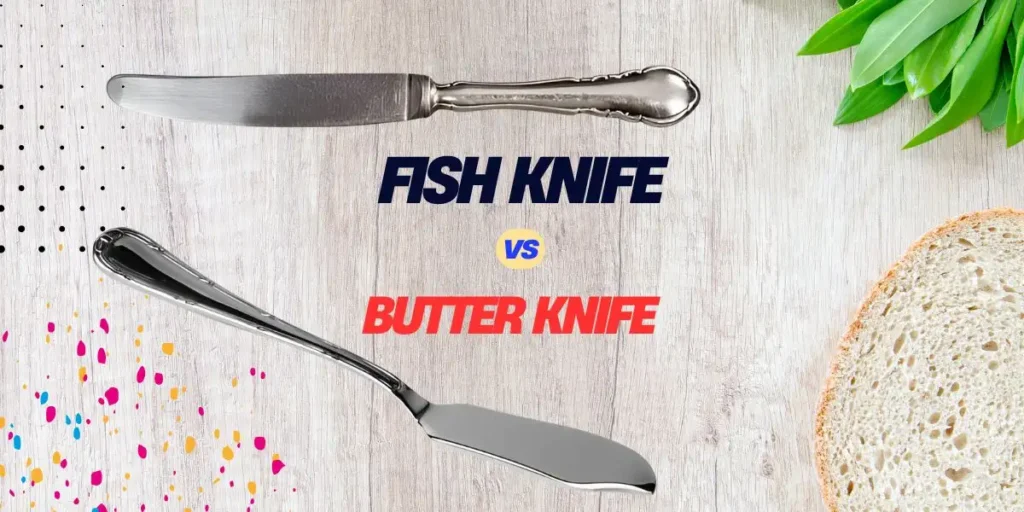 Fish Knife vs Butter Knife: Key Differences and Uses Explained
Fish Knife vs Butter Knife: Key Differences and Uses Explained -
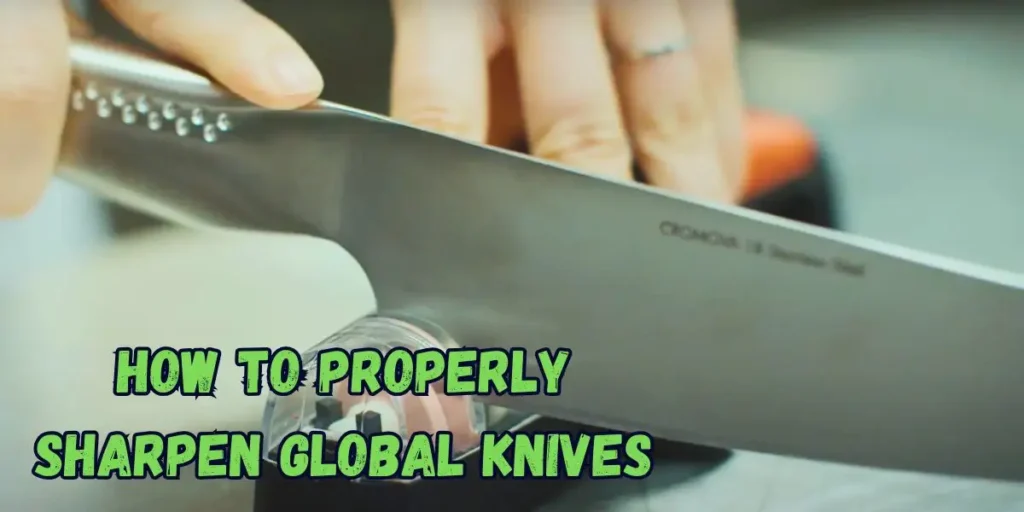 How to Sharpen Global Knife: A Quick Guide 2025
How to Sharpen Global Knife: A Quick Guide 2025 -
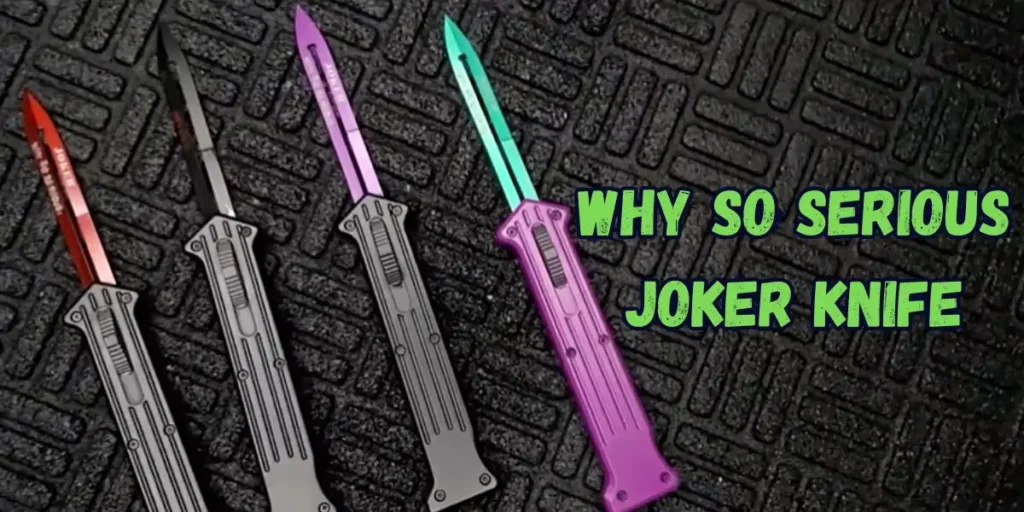 Decoding the Iconic Why So Serious Joker Knife
Decoding the Iconic Why So Serious Joker Knife -
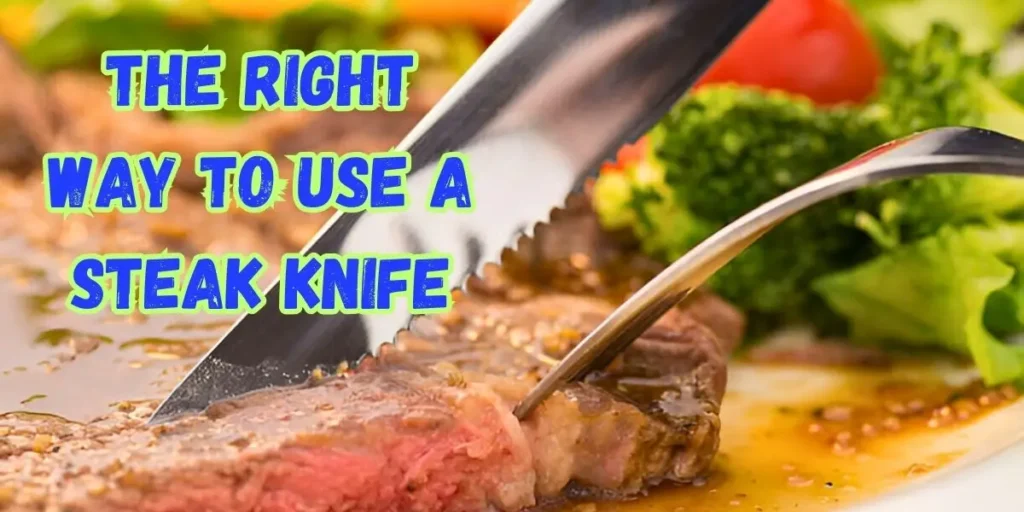 The Right Way to Use a Steak Knife: Tips and Tricks
The Right Way to Use a Steak Knife: Tips and Tricks -
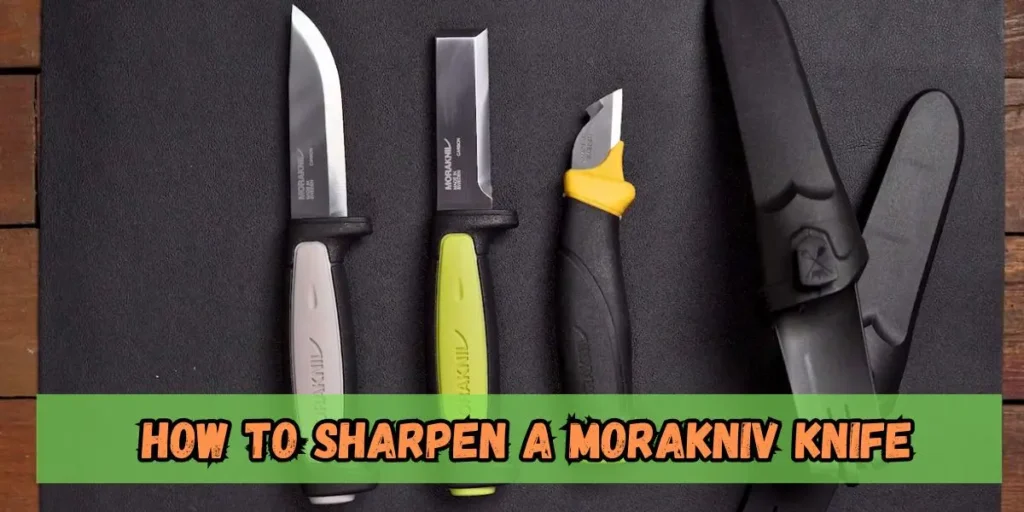 How to Sharpen a Morakniv Knife Safely and Effectively
How to Sharpen a Morakniv Knife Safely and Effectively

